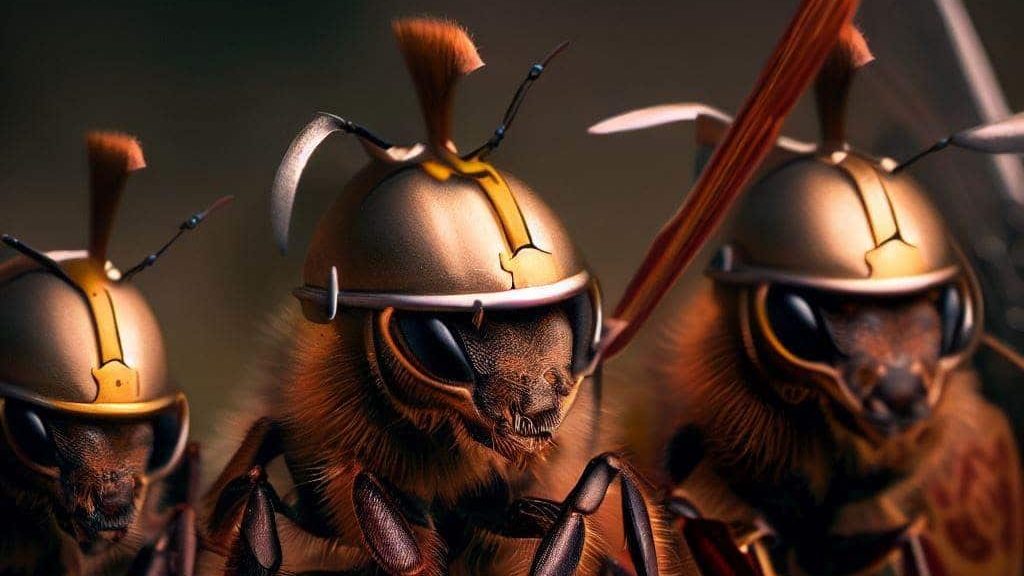
Got Mites?
One of the greatest current threats to our bees in New Zealand is the varroa mite, Varroa Destructor.
This tiny invader was first detected in New Zealand in 2000, and despite restrictions on hive movements and a massive attempt to confine it, it spread throughout the country.
Varroa feed on the fat body of all stages of honeybees from larvae to adults (the misconception of them being ‘bloodsuckers’ was debunked by the incredible Dr. Sammy Ramsey, check him out here).
While this might not sound too bad, the fat body in bees is actually essential for proper immune function, detoxification, and over-winter survival. The mites also enhance the transmission of viruses in bees, such as the Deformed Wing Virus (DWV).
A high mite count in a hive can be confirmed by seeing dead larvae curled inside their cells, worker bees uncapping and removing infested pupae, mites in transit on the back of adult bees, and emerging bees displaying the crinkly wings of DWV. When these symptoms are displayed, it may be very difficult to bring the hive back to a healthy status.
